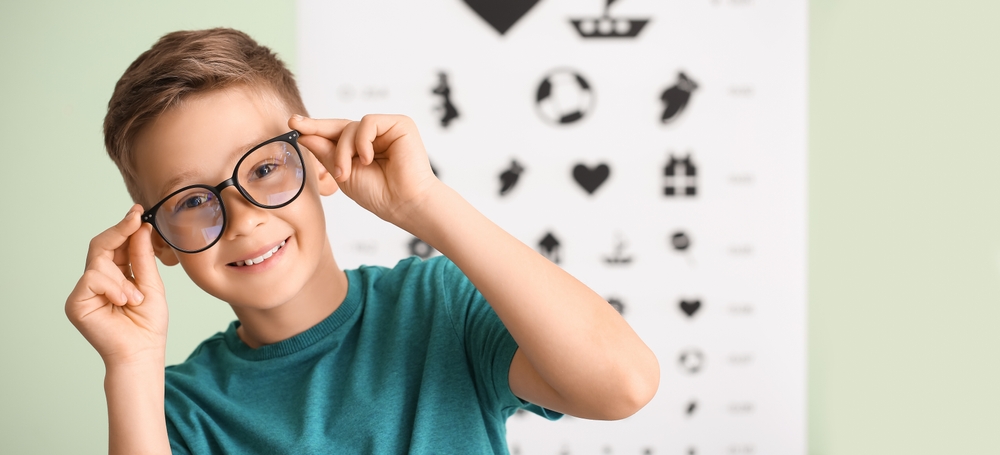
In recent years, there has been a significant increase in the prevalence of myopia worldwide, particularly among children and young adults. According to the World Health Organization, the global prevalence of myopia is estimated to have reached over 2 billion people, with projections indicating that this number could rise to nearly 5 billion by 2050.
What is Myopia?
Myopia, commonly known as nearsightedness, is a refractive error in the eye that causes distant objects to appear blurred while nearby objects remain clear. This condition occurs when the eye's lens or cornea has a longer shape than normal, causing light to focus in front of the retina instead of directly on it.
Individuals with myopia often find it challenging to see clearly at a distance, such as when reading road signs, watching television, or participating in outdoor activities. If left untreated, myopia can lead to more severe vision problems, including an increased risk of developing other eye conditions like cataracts, glaucoma, and even retinal detachment.
The rise in myopia can be attributed to various factors, including genetic predisposition, environmental influences, and lifestyle changes. Prolonged close-up work, such as extensive reading, writing, and increased screen time, have been identified as significant contributors to the development and progression of myopia.
The Link Between Screen Time and Myopia
The widespread use of digital devices, such as smartphones, tablets, and computers, has been a significant factor in the rise of myopia. Prolonged exposure to these screens can lead to a condition known as "digital eye strain," which can exacerbate existing myopia or increase the risk of developing the condition.
When you focus on a screen, your eyes have to work harder to maintain a clear and focused image. This sustained near-focus can cause the eye to become temporarily elongated, leading to blurred distance vision. Over time, this repeated strain on the eyes can contribute to the development and progression of myopia.
Additionally, the blue light emitted by digital screens may also play a role in the development of myopia. Studies suggest that this type of light can disrupt the natural eye-growth process, potentially leading to the elongation of the eye and the onset of myopia.
Practical Tips for Managing Screen Use
To mitigate the impact of screen time on myopia, it's essential to implement effective strategies to manage your screen use. Here are some practical tips:
- Implement the 20-20-20 rule: Every 20 minutes, take a 20-second break and focus your eyes on something at least 20 feet away. This helps to reduce eye strain and provides a much-needed break from close-up work.
- Adjust screen brightness and contrast: Reduce the brightness and contrast of your digital devices to minimize the strain on your eyes. You can also enable the "night mode" or "dark mode" feature on your devices to reduce blue light exposure.
- Increase text size and font: Enlarge the text size and font on your devices to reduce the need for close-up work and eye strain.
- Take regular breaks: Incorporate frequent breaks from screen time, such as going for a short walk or engaging in other activities that don't involve close-up work.
- Use anti-reflective or blue-light-blocking lenses: Consider investing in eyeglasses or contact lenses that feature anti-reflective coatings or blue-light-blocking technology to help reduce the impact of screen time on your eyes.
- Encourage outdoor time: Spending more time outdoors, especially in natural light, has been shown to have a positive effect on eye development and can help slow the progression of myopia.
The Importance of Regular Eye Exams
Regular eye exams are crucial for the early detection and effective management of myopia. Visiting an an optometrist can help identify any refractive errors or changes in your vision, allowing for timely intervention and treatment.
During an eye exam, your eye doctor will assess the overall health of your eyes, measure the curvature of your cornea, and determine the precise degree of your myopia. This information can then be used to prescribe the appropriate treatment to help improve your vision and manage the condition. Additionally, your eye doctor can provide personalized recommendations for managing myopia, including lifestyle adjustments, specialized treatments, or referrals to other eye care specialists if necessary.
It's important to work closely with your optometrist to determine the most suitable approach for your individual needs and to monitor the effectiveness of any treatment or management strategies over time.
Schedule Your Comprehensive Eye Exam with Barry Huse OD & Associates Today
As the prevalence of myopia continues to rise, it's crucial to be aware of the impact of screen time on your vision and take proactive measures to manage this condition. By understanding the link between excessive screen use and myopia, implementing practical strategies to reduce screen time, and prioritizing regular eye exams, you can take steps to protect your vision and maintain optimal eye health.
At Barry Huse OD & Associates, we are dedicated to helping you manage and prevent myopia. We can provide personalized recommendations and treatment options to address your specific needs. Visit our office in Tacoma, Washington, or call (253) 473-1050 to schedule your comprehensive eye exam today.







